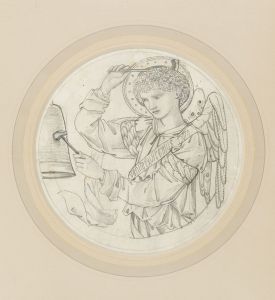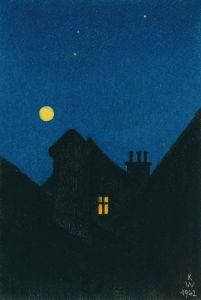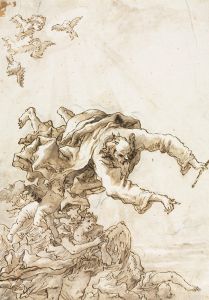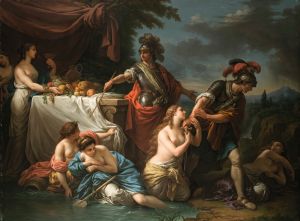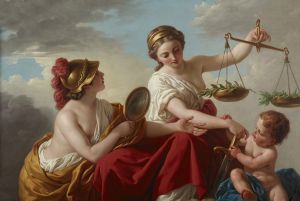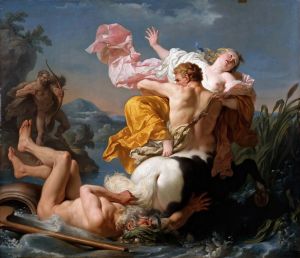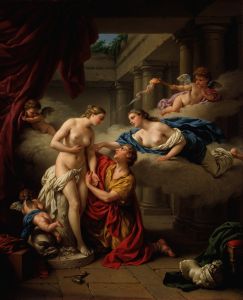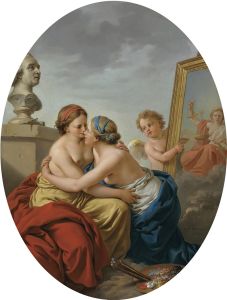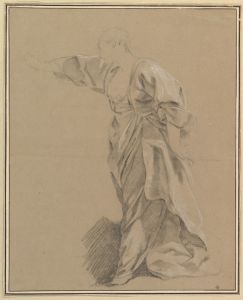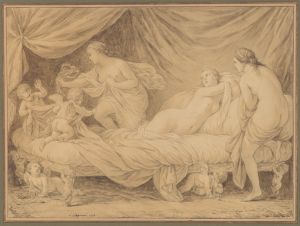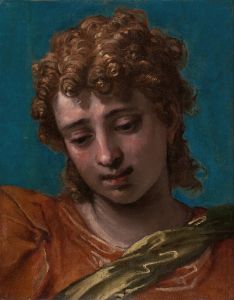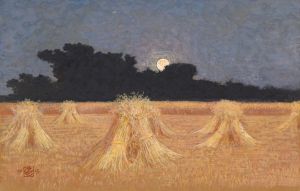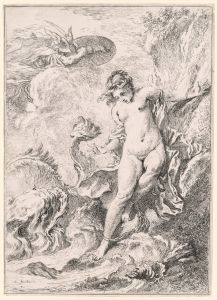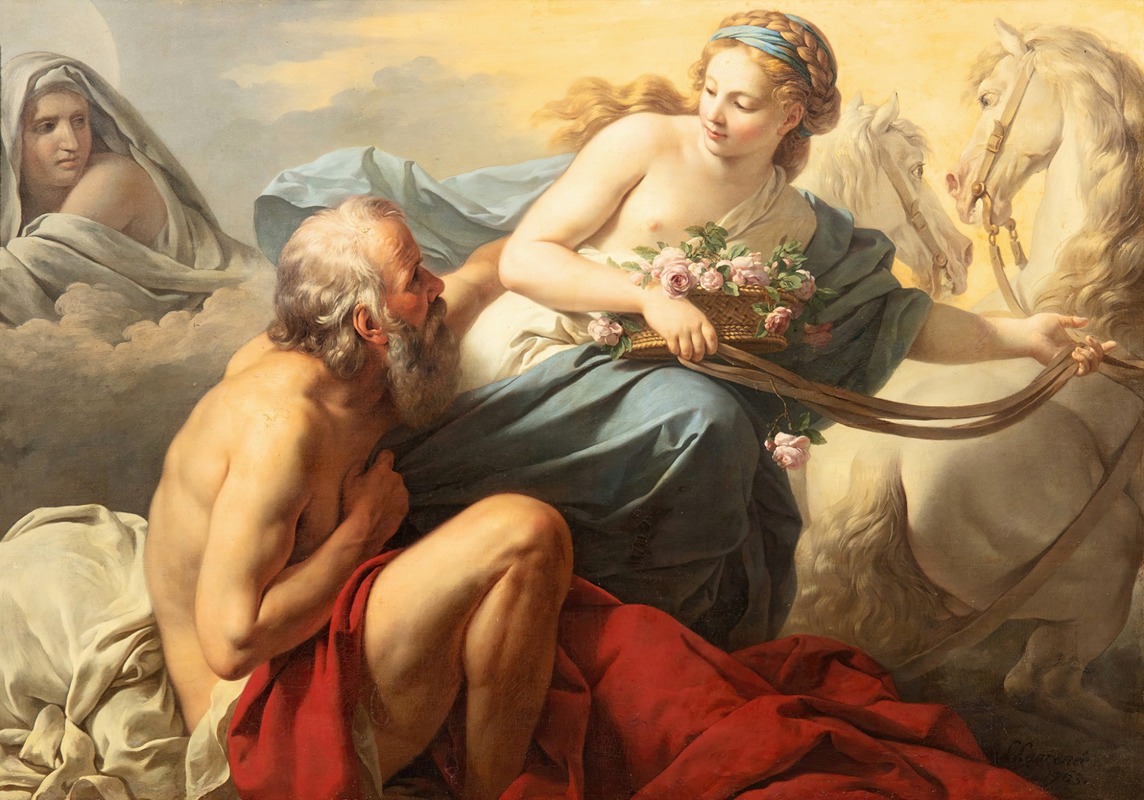
Aurora and Tithonus
A hand-painted replica of Louis-Jean-François Lagrenée’s masterpiece Aurora and Tithonus, meticulously crafted by professional artists to capture the true essence of the original. Each piece is created with museum-quality canvas and rare mineral pigments, carefully painted by experienced artists with delicate brushstrokes and rich, layered colors to perfectly recreate the texture of the original artwork. Unlike machine-printed reproductions, this hand-painted version brings the painting to life, infused with the artist’s emotions and skill in every stroke. Whether for personal collection or home decoration, it instantly elevates the artistic atmosphere of any space.
Louis-Jean-François Lagrenée's painting Aurora and Tithonus is a work by the French Rococo artist, who was active during the 18th century. Lagrenée, known for his elegant and refined style, often depicted mythological and allegorical subjects, drawing inspiration from classical antiquity. This particular painting illustrates the mythological story of Aurora (Eos in Greek mythology), the goddess of dawn, and Tithonus, a mortal prince of Troy.
The myth of Aurora and Tithonus originates from ancient Greek and Roman mythology. According to the legend, Aurora fell in love with Tithonus and asked Zeus to grant him immortality so they could be together forever. However, she forgot to ask for eternal youth, and as a result, Tithonus aged endlessly, eventually becoming frail and withered. This story has been interpreted as a cautionary tale about the unintended consequences of wishes and the inevitability of aging.
Lagrenée's painting captures the romantic and tragic essence of this myth. Aurora is often depicted as a radiant and youthful figure, symbolizing the dawn, while Tithonus is portrayed as a mortal man, emphasizing the contrast between their divine and human natures. The composition likely reflects the Rococo style's characteristic emphasis on grace, lightness, and delicate color palettes. Lagrenée's works often exhibit a polished and harmonious aesthetic, aligning with the tastes of the French aristocracy during his time.
While specific details about the creation date, commission, or current location of Aurora and Tithonus are not readily available, Lagrenée's broader body of work includes numerous mythological and historical subjects. He was a member of the French Royal Academy of Painting and Sculpture and held prestigious positions, including director of the French Academy in Rome. His art was celebrated for its technical skill and adherence to classical ideals, making him a prominent figure in 18th-century French art.
Further research into museum collections or art historical records may provide additional information about this particular painting. However, based on the available knowledge, Aurora and Tithonus exemplifies Lagrenée's mastery of mythological storytelling and his ability to convey both beauty and emotion through his art.





